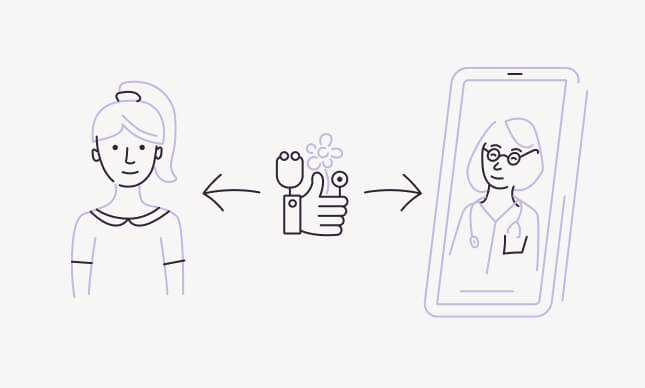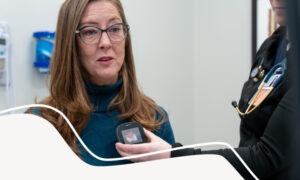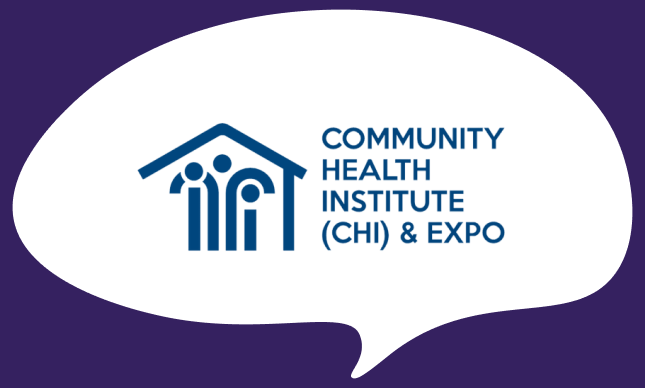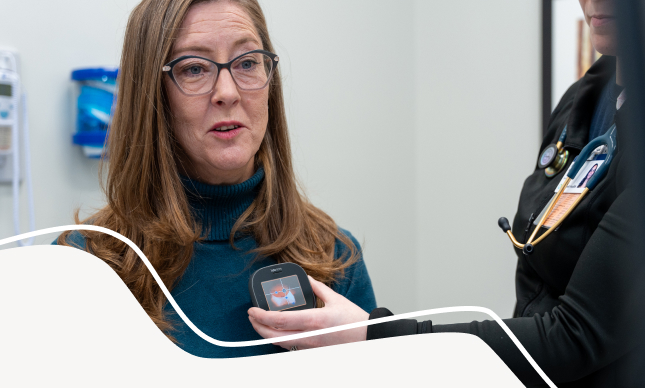Better access to care with hybrid multi-modality programs

Ensuring equitable, high-quality healthcare access is a fundamental objective of health plans across the US, but meeting the needs of diverse populations is a challenge. Hybrid, multi-modality healthcare programs have the power to address members’ unique needs.
In our recent AHIP webinar, Elizabeth Hyatt, TytoCare’s Director of Payor Solutions, spoke with Dr. Joshua Elder, Senior Vice President, Digital and Virtual Health Practice Medical Director at Highmark Health, and Laura Messineo, Vice President of Virtual Health at Highmark Health about how primary care from home can improve healthcare access for all members.
Virtual possibilities
Dr. Elder and Ms. Messineo began by discussing Highmark Health’s broad geographic footprint that requires different approaches for different populations. Virtual initiatives help the organization meet the diverse needs of the members it serves. Living Health is Highmark Health’s blended approach aligned with the Quintuple Aim that has helped improve health outcomes and lower costs.
Virtual models can be useful in many instances, such as delivering behavioral health services and urgent care. Disease-specific virtual care programs, including those for diabetes patients, are also being implemented for remote patient monitoring. A 24/7 nurse call line can help engage and triage members, directing them toward the right virtual services or recommending in-person services if needed.
The hybrid balance
The healthcare system can be challenging for many members to navigate. Hybrid care offers members choices whether to be seen virtually using digital tools or in person. Hybrid, blended care incorporates the best of both worlds and supports the move from episodic care delivery to a longitudinal approach that improves patient wellness over time.
Hybrid models also enhance the relationship between patients and providers. A robust, hybrid approach is needed to ensure that a patients’ health information is consistently available to virtual and in-person providers.
Many patients have only two in-person encounters with a doctor in an average year, but their actual healthcare needs are more frequent than that. Virtual care allows patients to receive routine checkups outside of the hospital, which is particularly important for high-risk patients and those with comorbidities for whom a hospital visit poses an additional risk.
As Dr. Elder explained, many medical checkups can be done virtually. He said tools such as TytoCare make virtual visits as close to an in-person encounter as possible and fill critical care gaps. For example, hybrid care can mitigate pre-diabetes from becoming diabetes, help a diabetic patient avoid hospitalization, or prevent a hospital-discharged patient from being readmitted due to a lack of follow-up. TytoCare’s best-in-class tools allow for virtual experiences to be made more meaningful by enhancing clinical assessments. They also enable the transparent sharing of information with in-person providers to better coordinate care.
Further along in the webinar, Ms. Messineo outlined several essential components of successful multi-modality hybrid programs. Deep integration with providers is needed, and health records must be made seamlessly available to providers across modalities to ensure member needs are aligned. Effective tools must be available to members in their homes to track their conditions and support their care. For example, diabetic patients should have a home glucometer, and families with children should have a TytoCare device that can be used to diagnose an ear infection from home without the need for an in-person visit.
Behavioral change
Virtual engagement requires healthcare organizations to undergo infrastructure redesign and innovate the delivery and differentiation of care. A behavioral shift is needed on the part of members and clinicians to facilitate virtual care adoption. Targeted seasonal marketing efforts are one such component of driving this behavioral change.
Clinician support allows clinicians to convey the value that virtual care provides. Webinars for clinicians should be leveraged to share useful information and answer clinician questions. Provider playbooks can also be utilized to share best practices, tips and tricks, and enhance clinical workflows.
As stated in the webinar, members and clinicians will flock toward care models that provide them with an enhanced experience. Creating a seamless process for clinicians and members, along with the implementation of a digital front door, can do much to improve the way members experience care.
Addressing diverse needs
Large healthcare organizations such as Highmark Health have multiple provider partners, each with its own economic model and diverse populations. While COVID-19 accelerated the shift to virtual care, we continue to see significant gaps in managing service structures.
Hybrid care can help meet the needs of different member populations, but care delivery must be improved, and services should not be viewed as one-size-fits-all. Seniors may find technology challenging and require assistance when it comes to utilizing virtual care. Some populations, such as Medicaid members, may need additional support on their journey to accessing virtual services and may have to adjust to not utilizing the ED for routine care. Healthcare equity is another consideration with hybrid models. Social determinants of health, such as access to broadband internet, must be taken into account.
While outcomes of virtual care solutions are incentivized, improving provider and member experience is vital as well. Ongoing conversations should take place with members and clinicians about the ways in which virtual care is and isn’t working to help further refine its delivery.
All-or-nothing approaches to healthcare are costly, inefficient, and risk leaving some populations behind. Hybrid multi-modality programs provide a much-needed balance between virtual care and in-person visits. By leveraging hybrid models, healthcare plans, clinicians, and members can ensure the best possible experience and improved health outcomes for all.
To learn more, watch the webinar.





